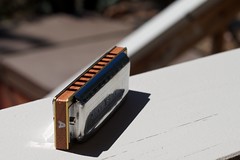 Wildern School has partially implemented Bring Your Own Device, or BYOD. Students may bring their own devices in as long as the teacher and head of department concerned have agreed that phones and other devices would be useful in a particular lesson.
Wildern School has partially implemented Bring Your Own Device, or BYOD. Students may bring their own devices in as long as the teacher and head of department concerned have agreed that phones and other devices would be useful in a particular lesson.BYOD Case Study: Wildern School
 Wildern School has partially implemented Bring Your Own Device, or BYOD. Students may bring their own devices in as long as the teacher and head of department concerned have agreed that phones and other devices would be useful in a particular lesson.
Wildern School has partially implemented Bring Your Own Device, or BYOD. Students may bring their own devices in as long as the teacher and head of department concerned have agreed that phones and other devices would be useful in a particular lesson.









